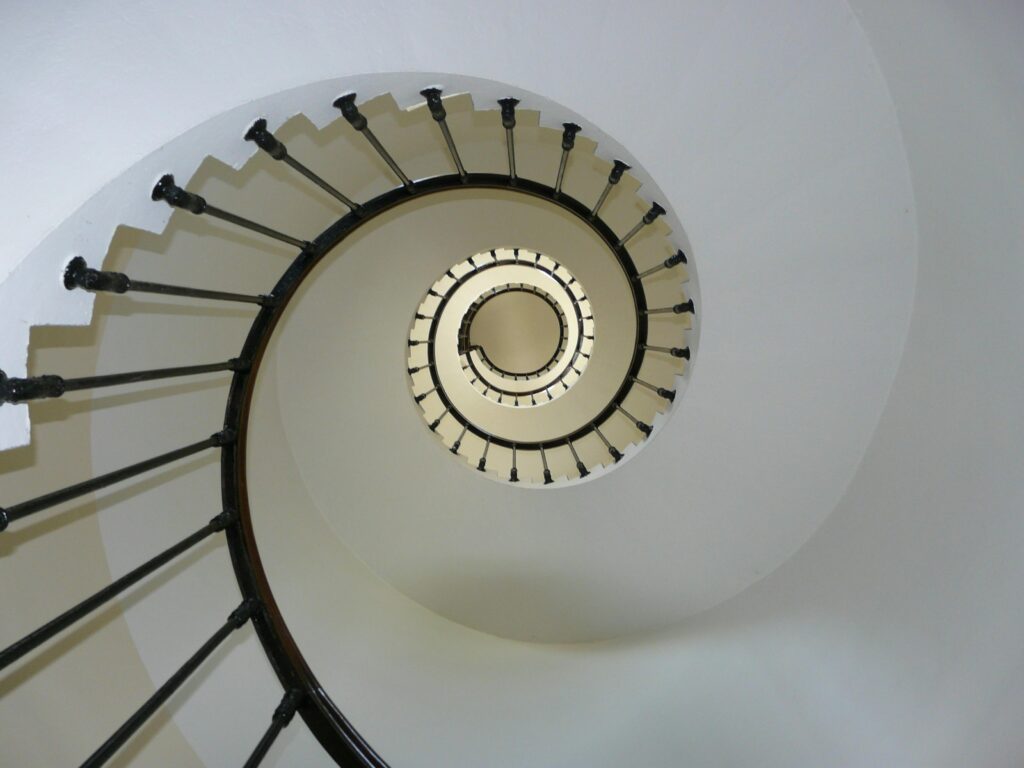A question we’re always asked by prospective collectors: What are the next rising stars?
It is basic human instinct to strive for the highest possible growth when investing. Counterbalancing this is our understanding of risk – a motivator in favour of the Warren Buffet method of compounding. A fine wine collection should mitigate risk through diversification – Bordeaux first growths provide a safety foundation, gentle returns with good liquidity, while fine wines with less global renown made in smaller quantities (such as top-tier Burgundies) offer greater upside potential (and are naturally riskier). So, how does one determine growth potential in fine wine?
Unlike backing the next big stock market horse, it’s rare that wineries experience radical or rapid change in prospects. While past performance never guarantees future returns, looking backwards in fine wine helps to boost investor confidence in a brand’s future, due to the necessary groundwork for generating success from a vineyard.
Becoming a star
Quality
It may sound obvious, but a successful fine wine must prioritise quality above all else – this means that any global icon in the making should already have a proven “grand terroir” with the corresponding track-record of high-quality winemaking. This should also be backed by a long-term viti- and vinicultural strategy. Ultimately, quality and ageability are two non-negotiable criteria for maintaining consistent consumer demand.
Brand power
That being said, you could make the finest wine in the world, but without a global reputation, you would find it hard to sell. A vinous rising star has to have already begun its ascent – at least in part – thanks to the former criterion of proven quality, and influence among the relevant circles (wine critics, existing collectors, etc).
Long-term traction
Finally, a rising star must be backed by the necessary financial and human resources to maintain its upward trajectory in the long-term, ensuring increasing demand and therefore rarification, which in turn supports value appreciation. (We examined Bill Harlan’s “200-year plan” as a good example of this earlier in the year).
Two Bordeaux-based examples of rising stars:
- Château Canon – purchased by Chanel in 1996, their investment in a property on the Saint-Emilion plateau is paying off, with a strong team in place improving quality and reputation of the wine year-on-year.
- Château Figeac – became a Saint Emilion Grand Cru Classé “A” property in 2022. Family-owned, the estate leverages its unique identity within Bordeaux’s right bank to cultivating a solid following.
(Don’t) catch a falling star
Keep in mind there exists a danger zone for estates rising too fast – a recent phenomenon afflicting one or two young producers in Burgundy. While the stock price of Apple or Tesla has the potential to rise almost indefinitely, you can’t just make more Grand Cru Burgundy – production quantity will always be severely limited. Price hikes occurring as a result of the same bottles changing hands multiple times creates speculation, and ultimately, false rarity.
Simply put, producers and collectors in fine wine must be willing to play the long game to win. Brands thinking only about tomorrow, and not ahead to next year, the next decade, or even the next century risk stumbling in their short-sightedness. Rising stars in fine wine are estates that have already proven their commitment, and have the support of those in the know to accompany them patiently into the future.

